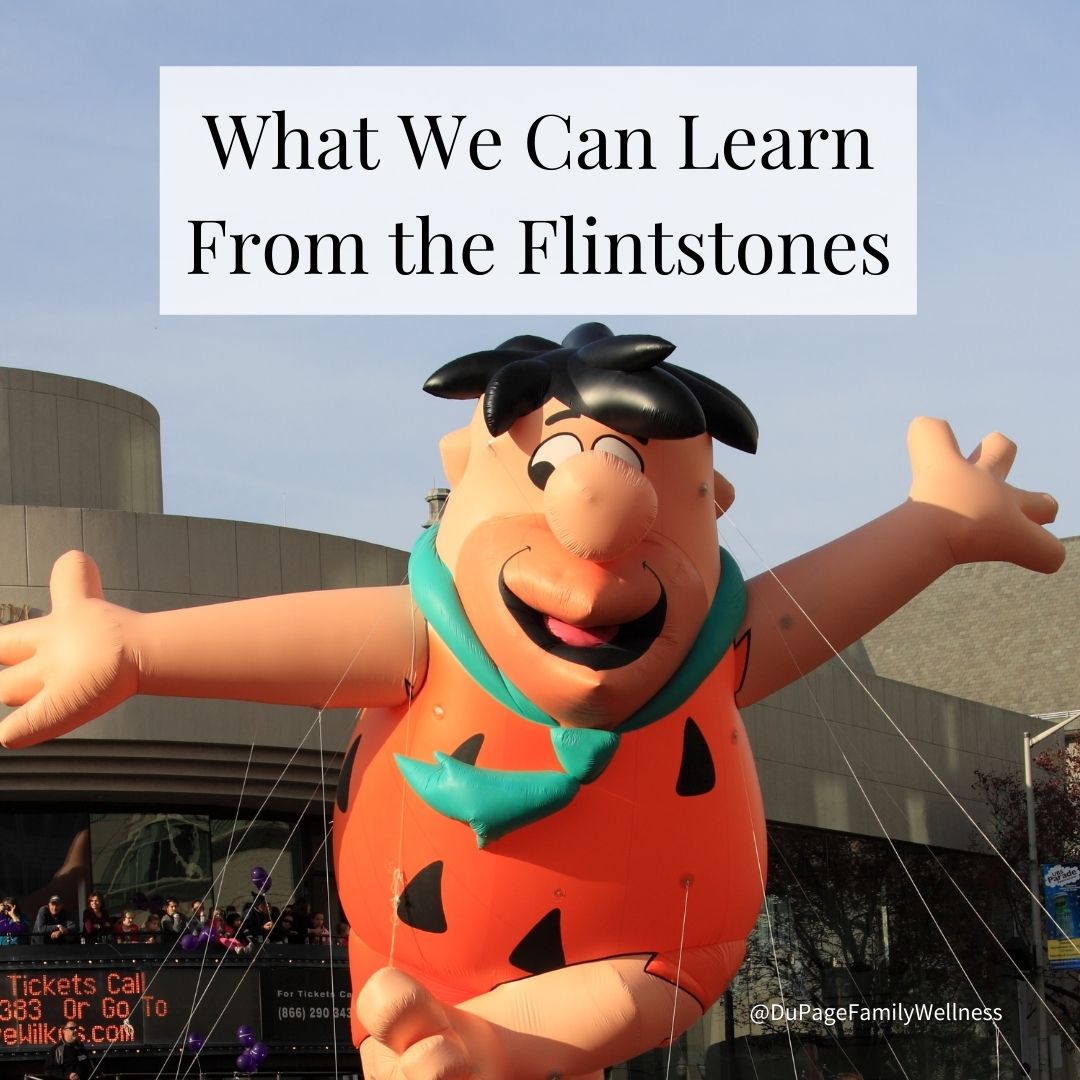 The way you eat makes a huge impact on how you feel. But with so many diet trends available, it can be really hard to decipher what is truly healthy!
The way you eat makes a huge impact on how you feel. But with so many diet trends available, it can be really hard to decipher what is truly healthy!
Should you limit your carbs focusing on fats and protein? Or does fat cause you to gain fat, so you should focus on eating low fat foods?
Let's explore what a healthy way of eating looks like and take away the confusion!
Our Ancestors
If you’ve been around me awhile, you know how much I refer to our ancestors to decide what a natural way of living looks like. Let’s think about their diets as a guide for ours.
Long ago our ancestors lived off the land. The foods they ate were whole foods - grown or caught in the wild. Everything was natural with no sprays or pesticides.
At the same time, food could be scarce and difficult to get. They had to work the land - growing, harvesting, or hunting each serving of food.
Our Food Supply Today
In contrast the Standard American Diet (SAD) is highly processed and composed of foods made in a factory. Some of the ingredients are even genetically modified. This type of diet is far from natural.
Much of the produce in the grocery stores were sprayed with pesticides and picked before they were ripe. And many of the animal products we consume were made from animals grown in an unhealthy environment.
And today our food supply - especially the unhealthy choices - tends to be abundant and easy to get.
A Modern Day Solution
Are there some ways to get back to a natural way of eating in our modern world? Most definitely there are. It just takes a lot more intention than it used to.
One of the first steps is to think about our great, great, great... grandparents. What did they eat? Would they recognize what we are eating as food, or has it been processed so much that they wouldn’t recognize it?
Next ask yourself about the way that food was produced. Is it as purely grown as your grandparents' food? Here you can consider buying from a local farmer that uses organic practices. This way you are getting produce picked at the right time without the use of pesticides.
Finally, ask yourself if the meats you are eating come from animals that were healthy themselves. Did they live in tight quarters where they could not get proper movement? Were they fed their natural diet?
These questions help you to consider the quality of the foods you are consuming, but what about the quantity of these foods?
Breakfast, Lunch, and Dinner
Listen to your body! It is the best indicator of what’s right for you. Each person’s body and activity level is different, so needs will vary.
When constructing your plate, a basic template to start with includes…
- Half a plate with non-starchy vegetables.
- One serving of quality protein (about the size of the palm of your hand.)
- One serving of quality fat (about the size of your thumb.)
- One serving of non-processed carbs* (about the size of your fist)
*If you are having blood sugar issues you may want to skip carbs in the morning.
Connection
Another important aspect of how our ancestors ate is in the way it was tied to community. Hunting and gathering were community endeavors. When it was time to harvest or prepare the meals it was likely done in community. And certainly the food was enjoyed together.
This may not seem like an important part of nutrition, but there are many benefits to working and eating in community. Even if we don’t have a community to share our meals, we can slow down and enjoy the preparation of our food. Slowing down and smelling our food actually prepares our body for properly digesting the food.
So, take some time to think about how you can learn from our ancestors' relationship to food, and decide if there are some things you would like to incorporate into your lifestyle.
If you have questions on your diet and need extra support, we would be glad to assist you. Reach out to me through email or give me a call. We can talk about options such as a nutritional consult or my “7 Weeks of Real Food!”
Dr. Jamie

